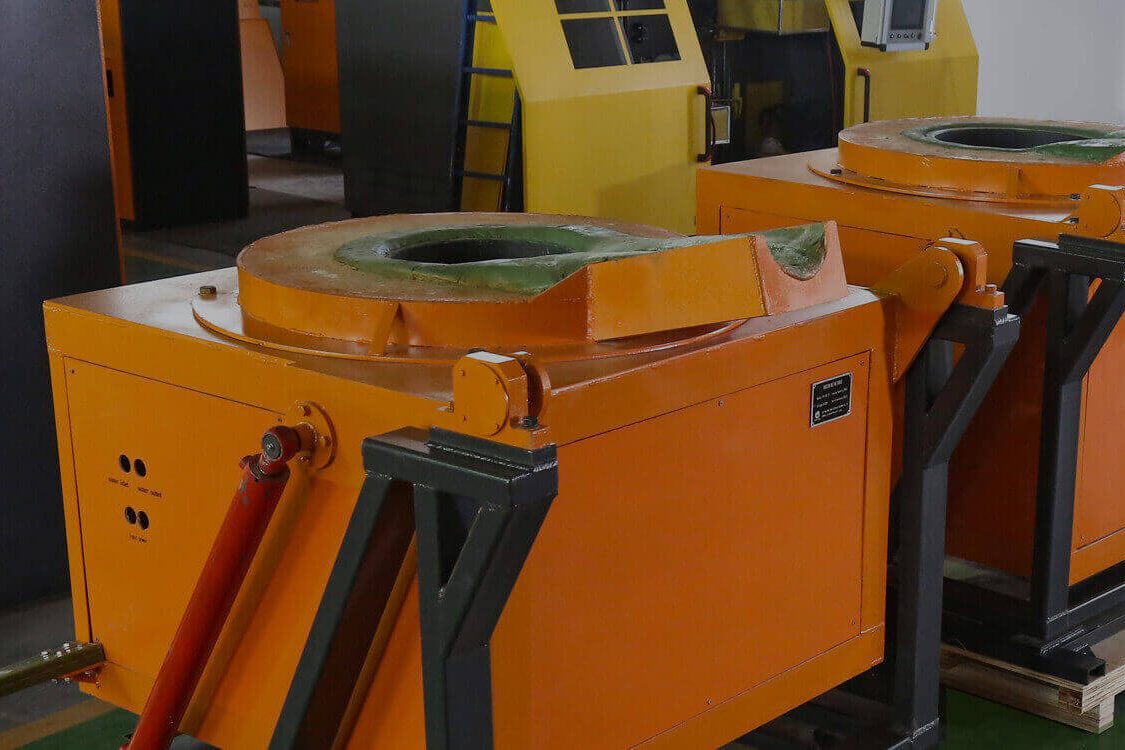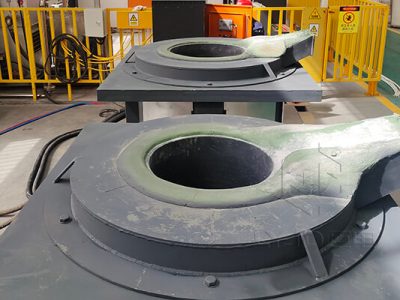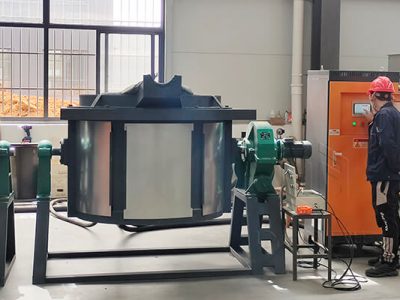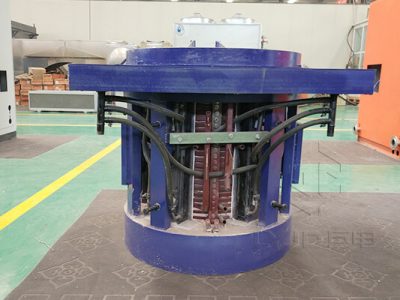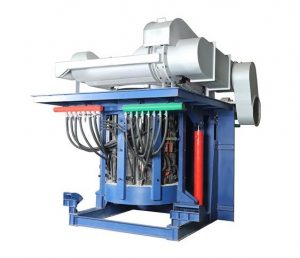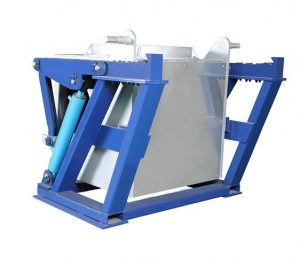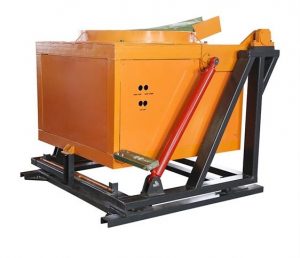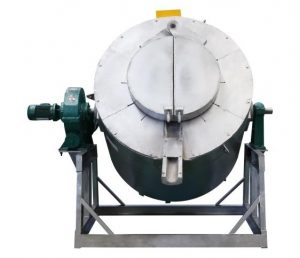In a foundry factory, we can use both induction furnaces and resistance furnaces to heat the metals. However, do you know the difference between them? We will tell it in this article.
Both induction furnaces and resistance furnaces are types of electric furnaces that are used for heating and melting materials. However, the main difference between the two is the way they generate heat.
In an induction furnace, heat is generated by inducing an electric current in a conductive material, such as a metal. This is done by using an electromagnetic field to create eddy currents in the material, which in turn generate heat due to the material's resistance.
In a resistance furnace, heat is generated by passing an electric current through a resistive material, such as a heating element made of a metal or a ceramic material. The resistance of the material converts the electrical energy into heat, which is then used to melt or heat the material being processed.
Induction furnaces are known for their high heating rates, efficiency, and precision control of temperature, making them ideal for applications that require fast and precise heating, such as melting metals for casting and forging. Resistance furnaces, on the other hand, are generally simpler and less expensive than induction furnaces and are commonly used for applications that require slower heating rates, such as heat treating and sintering of ceramics.
Induction Furnaces
Induction furnaces are commonly used in the melting and casting of metals, as they can quickly and efficiently melt large quantities of metal.
Induction furnaces work by using an alternating magnetic field to induce electrical currents in a conductive material, such as a metal. These currents generate heat due to the material's resistance, which in turn melts the metal.
Induction furnaces are highly efficient, as they can generate heat directly inside the material being processed, without the need for a heating element. This means that they can achieve very high heating rates and melt large quantities of material in a short amount of time.
Induction furnaces are also highly precise, as the magnetic field can be finely controlled to achieve precise temperature and heating profiles.
Some common applications include melting and casting of steel, copper, aluminum, and other metals, as well as heat treating and surface hardening of metal parts.
Resistance Furnaces
Resistance furnaces use a resistive heating element, such as a metal wire or a ceramic material, to generate heat.
When an electric current is passed through the resistive material, heat is generated due to the resistance of the material. This heat can then be used to melt or heat the material being processed.
Resistance furnaces are generally simpler and less expensive than induction furnaces and are commonly used in applications that require slower heating rates, such as heat treating and sintering of ceramics.
Resistance furnaces can also be used for melting and casting metals, but they are generally less efficient and slower than induction furnaces.
Some common applications of resistance furnaces include metal parts' heat treatment, ceramics and powders' sintering, and glass annealing and tempering.
























